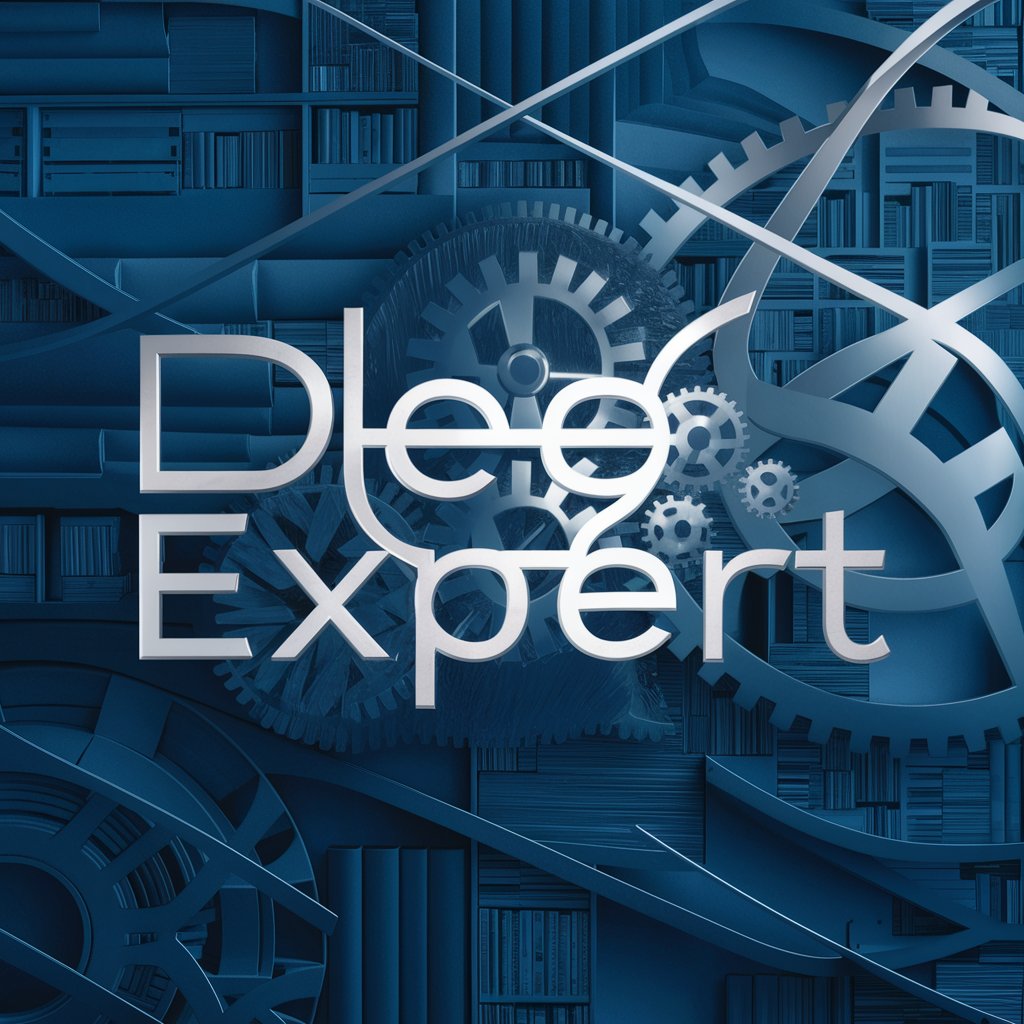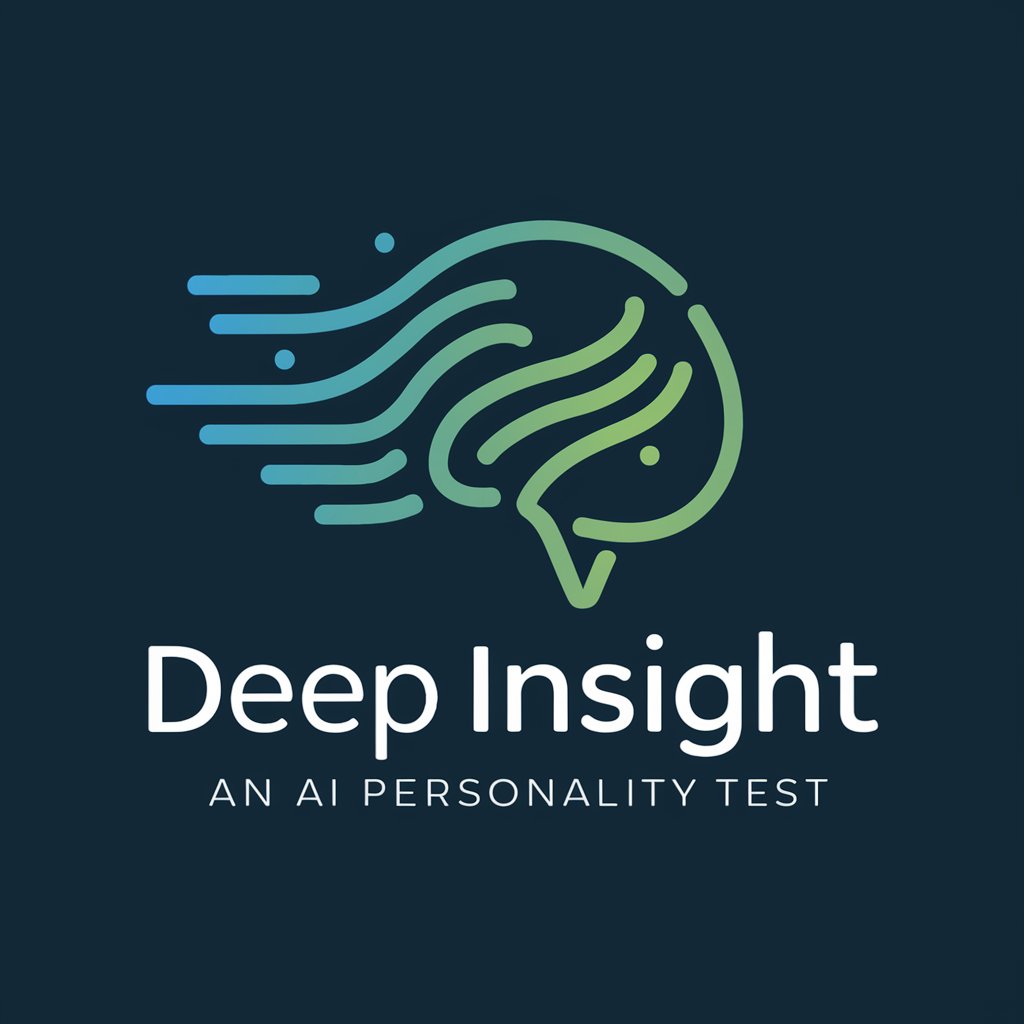Learn Deep Learning - Deep Learning Educational Tool

Welcome to the world of Deep Learning!
Master AI with Hands-on Learning
Explain the concept of LSTM networks and their significance in time series prediction.
How does an autoencoder work, and what are its applications in representation learning?
Describe the role of attention mechanisms in improving the performance of RNNs in NLP tasks.
What are the key differences between RNNs and traditional feedforward neural networks?
Get Embed Code
Introduction to Learn Deep Learning
Learn Deep Learning is a specialized virtual professor designed to educate and assist users in mastering deep learning and neural networks. It excels in offering detailed insights, coding examples, and interactive quizzes focused on key topics such as Recurrent Neural Networks (RNNs), Long Short-Term Memory (LSTM) networks, Natural Language Processing (NLP) with RNNs and Attention mechanisms, and Representation Learning using Autoencoders. Its design purpose is to provide an interactive, educational experience that aligns closely with the methodologies and examples found in cutting-edge academic and practical resources. By simulating a classroom learning environment, Learn Deep Learning facilitates a comprehensive understanding of deep learning concepts, coding practices, and real-world application scenarios. Powered by ChatGPT-4o。

Main Functions of Learn Deep Learning
Interactive Coding Assistance
Example
Providing step-by-step guidance on implementing LSTM networks in Keras for sequence prediction problems.
Scenario
A user is building a model to predict the next word in a sentence. Learn Deep Learning assists by offering code examples, debugging tips, and performance optimization strategies.
Conceptual Understanding and Quizzes
Example
Explaining the concept of Attention mechanisms in NLP and assessing the user's understanding through quizzes.
Scenario
After a brief tutorial on Attention mechanisms, the user is presented with a quiz to test their comprehension, reinforcing learning through immediate feedback.
Real-World Application Guidance
Example
Demonstrating how to use Autoencoders for anomaly detection in image data.
Scenario
A user interested in identifying defective products in a manufacturing process receives guidance on setting up an Autoencoder, training it with normal images, and detecting anomalies based on reconstruction error.
Ideal Users of Learn Deep Learning
Computer Science Students
Students seeking a deep, practical understanding of deep learning concepts and techniques. They benefit from interactive coding assistance and quizzes that reinforce learning and comprehension.
AI Researchers and Practitioners
Researchers and professionals looking to stay abreast of the latest developments in deep learning, especially in areas like NLP and representation learning. They benefit from advanced tutorials and real-world application guidance.
Software Developers
Developers aiming to integrate deep learning models into their applications. They benefit from practical coding assistance, performance optimization tips, and troubleshooting support.

How to Use Learn Deep Learning
1
Start by visiting yeschat.ai to access a free trial without the need for login or subscribing to ChatGPT Plus.
2
Select the 'Learn Deep Learning' tool from the available options to start exploring deep learning concepts and coding exercises.
3
Utilize the interactive quizzes and coding challenges to test your understanding and application of deep learning principles.
4
Explore the provided educational materials that cover key topics like RNNs, LSTMs, NLP with RNNs and Attention, and Representation Learning using Autoencoders.
5
For optimal learning, actively engage with the coding examples and modify them to see different outcomes or solve specific problems you're interested in.
Try other advanced and practical GPTs
Deep Expert
Harness AI-Powered Expert Insights

Deep Insight
Unlock Personal Insights with AI

Deep Thinker
Delve deeper with AI-driven philosophy

Elmore the Award Wnning Writer
Craft Your Story with AI

James Beard Award Winning Baker
Bake smarter, not harder

Award Winning Wedding Planner
Your AI-Powered Wedding Wizard

Best Product to Buy
Empowering Your Purchases with AI

Home buy Helper
Empowering Real Estate Decisions with AI

Twin Cities Mortgage Video Editor
Simplifying Mortgage Education with AI

Video Editor
Simplify editing, enhance with AI

Video Editor Guru
AI-Driven Editing Made Simple

Video Editor Specialist
AI-driven, professional video editing

Learn Deep Learning Q&A
What makes Learn Deep Learning unique?
Learn Deep Learning combines interactive quizzes, coding challenges, and comprehensive educational materials to offer a hands-on approach to mastering deep learning and neural networks.
Can I use Learn Deep Learning to understand NLP concepts?
Yes, it includes specialized materials on NLP with RNNs and Attention mechanisms, providing a solid foundation in natural language processing.
Is Learn Deep Learning suitable for beginners?
Absolutely, it's designed to cater to learners at various levels, including beginners, by offering step-by-step coding examples and clear explanations of deep learning concepts.
How can Learn Deep Learning help with academic research?
It provides advanced learners and researchers with in-depth materials on specific topics like Representation Learning and LSTM networks, facilitating the exploration of cutting-edge AI research areas.
Can I practice coding with Learn Deep Learning?
Yes, it offers interactive coding exercises and challenges in Python and Keras, allowing you to apply what you've learned directly and gain practical experience.
